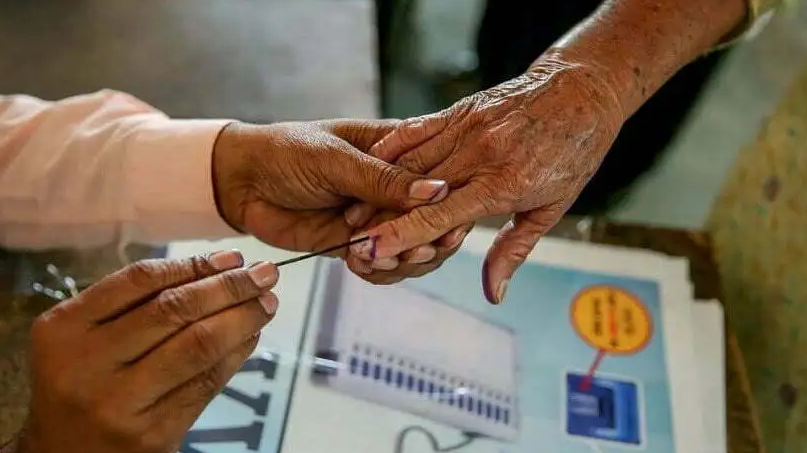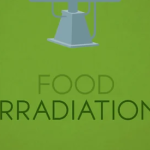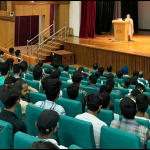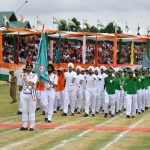As Jammu & Kashmir (J&K) heads into its first elections since the abrogation of Article 370 in 2019, the political mood across the Valley is both tense and dynamic. Several alliances have already formed, and the election promises to be a pivotal moment for the region. The competition is expected to be fierce, with regional dynamics, national concerns, and local grievances all playing crucial roles. Here’s a detailed look at the alliances, the political atmosphere, and the possible surprises awaiting voters.
National Conference (NC) and Congress Alliance
One of the most significant alliances in the fray is between the National Conference (NC) and Congress. These two parties have agreed to a seat-sharing formula under the broader INDIA alliance, with NC contesting 51 seats and Congress fielding candidates in 32 constituencies. This alliance is rooted in the common goal of seeking a return to pre-2019 autonomy and the restoration of statehood for Jammu & Kashmir. Both parties enjoy substantial historical support, particularly in the Kashmir Valley, and this alliance could consolidate opposition to the ruling Bharatiya Janata Party (BJP).
While there were initial speculations about a broader opposition coalition, People’s Democratic Party (PDP) has chosen to go solo. Mehbooba Mufti’s party is running independently but could offer outside support to the NC-Congress alliance if the election results warrant it. The PDP’s campaign is also focused on statehood restoration; a central issue for voters disillusioned by the BJP’s handling of the region post-2019.
The BJP, however, is taking a different route. Contesting most of the seats independently, the BJP is betting on its development and security agenda. It has sought to win over voters by showcasing improvements in infrastructure, healthcare, and law and order since the scrapping of Article 370. The party is also keen to secure seats in Jammu, its traditional stronghold, while making inroads into the Valley with promises of governance and stability.
Other key players include Sajjad Lone’s People’s Conference (PC), Altaf Bukhari’s Apni Party, and Ghulam Nabi Azad’s Democratic Progressive Azad Party (DPAP). These parties, especially the Apni Party and DPAP, have tried to present themselves as alternatives to the more entrenched regional players like NC and PDP. While they may not command large numbers of seats, they are expected to play a kingmaker role in the event of a fragmented mandate.
The mood across the Valley is a mixture of anticipation, cautious optimism, and political skepticism. A significant portion of the electorate remains disillusioned with the scrapping of Article 370 and the bifurcation of the state into Union Territories. The demand for the restoration of J&K’s statehood is widespread, and it remains a central election issue for many voters. Parties like the NC, PDP, and Congress are capitalizing on this sentiment, focusing their campaigns on reversing these changes and restoring J&K’s special status.
However, there is also a section of the electorate, particularly in Jammu and some parts of Kashmir, that is more concerned with development and governance than the larger constitutional issues. The BJP’s narrative of development—emphasizing road networks, healthcare improvements, and job creation—appeals to voters seeking practical solutions to everyday problems. The party is trying to shift the discourse from autonomy to tangible benefits, particularly in areas where people have seen improvements in infrastructure since 2019.
Youth unemployment remains one of the biggest issues in the Valley. The political parties are acutely aware of this, and job creation has become a key promise across the board. However, there’s a sense of disillusionment, especially among younger voters, about the capacity of both the regional parties and the BJP to address their concerns. This segment of the electorate may turn to newer parties or stay disengaged, making their votes harder to predict.
Security is always a pressing issue in Kashmir, and this election is no exception. The BJP has positioned itself as the party that can maintain law and order, emphasizing the reduction in militancy and terrorist activities. Meanwhile, opposition parties argue that the government’s heavy-handed approach has alienated ordinary Kashmiris. The balance between security and civil liberties is likely to be a crucial factor influencing voter behavior.
Based on current political alignments and public sentiment, the NC-Congress alliance seems to have an upper hand in the Kashmir Valley due to its strong base and emphasis on statehood restoration. The alliance is well-positioned to capture the traditional vote banks that are against the BJP’s policies post-2019. In the Valley, the demand for autonomy, combined with a sense of cultural and regional identity, will likely work in their favor.
In Jammu, however, the BJP is still expected to perform well, maintaining its dominance. The party’s development narrative resonates more strongly here, and its core vote bank is likely to remain intact. The BJP’s outreach to minority communities, including fielding Muslim candidates, could also help it gain marginally in certain areas.
Smaller regional parties like Sajjad Lone’s People’s Conference and Ghulam Nabi Azad’s DPAP might not win a significant number of seats, but they could end up being crucial kingmakers in the event of a hung assembly. Their support will likely be courted by both the NC-Congress alliance and the BJP.
One of the biggest potential surprises in this election could be a fractured mandate. With multiple parties vying for votes across different regions, there is a strong possibility that no single party or alliance will emerge with an outright majority. This scenario would lead to intense post-poll negotiations and could see unexpected coalitions forming.
Another surprise could come from the newer political players like the Apni Party and DPAP. While they are not seen as front-runners, their pragmatic approach and focus on development rather than ideology might resonate with voters looking for change from the traditional political narratives of autonomy and nationalism.
Voter turnout will be a key factor in determining the outcome. A low turnout, particularly among disillusioned youth, could benefit established parties like NC and BJP, while a higher turnout might favor the smaller parties or lead to surprises in constituencies that have been historically hard to predict.
The elections in Jammu & Kashmir are shaping up to be a highly competitive and unpredictable affair. The NC-Congress alliance currently seems to have an edge in the Valley, while the BJP is likely to hold strong in Jammu. However, with multiple parties, diverse regional sentiments, and a complex electoral landscape, the final outcome could hold several surprises. From the issue of statehood restoration to development and security concerns, voters across the region will be casting their ballots in an election that could redefine Jammu & Kashmir’s political future for years to come.
(Author is columnist and can be reached at: [email protected])









